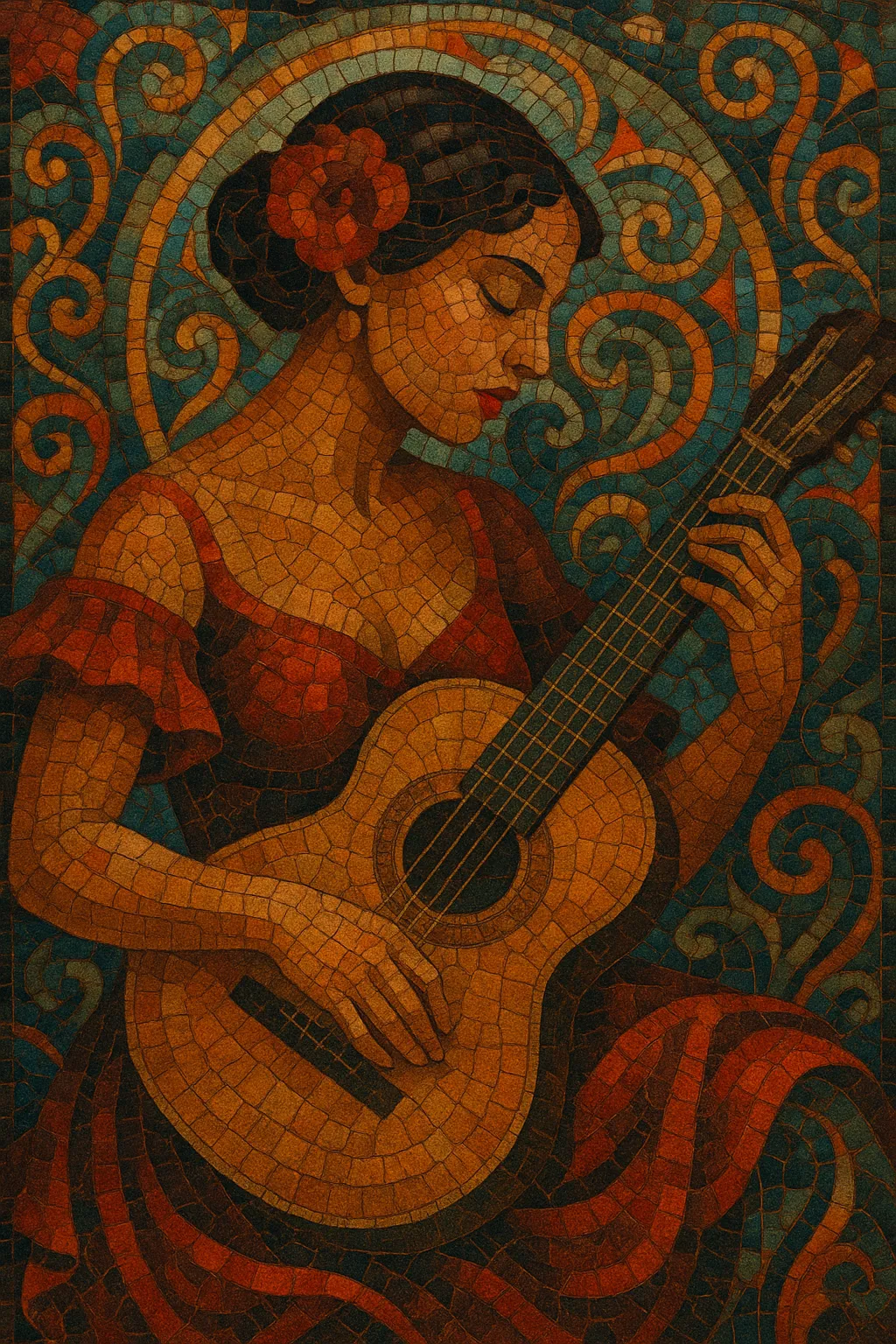Habanera is a Cuban song-and-dance genre that emerged in Havana in the 19th century, written in duple meter and defined by a distinctive syncopated rhythmic cell often described as a tresillo with an added backbeat (frequently felt as a 3–3–2 grouping across the bar).
Typically moderate in tempo and frequently set in a minor key, habaneras combine European salon-song harmony with Afro-Cuban rhythmic sensibility. The style flourished both as a vocal strophic canción with romantic or nostalgic lyrics and as an instrumental dance form for piano and small ensembles. Its characteristic lilt and sensual sway made it an international craze by the late 19th century, permeating opera, art song, and popular music across Europe and the Americas.
Habanera crystallized in Havana during the early-to-mid 19th century as a local creolized form of European contradance and salon song infused with Afro-Cuban rhythmic patterns. Musicians in Havana adapted fashionable European dance idioms to local tastes, emphasizing the syncopated "habanera" cell (a tresillo with a backbeat) that gave the genre its suave, swaying feel.
By the 1840s–1860s, habanera repertoire circulated widely. Cuban composers such as Manuel Saumell and Ignacio Cervantes elevated the idiom in piano dances and songs, while Spanish composer Sebastián Iradier popularized the style internationally with habaneras like "La Paloma". The rhythm captivated European audiences; French and Spanish composers integrated it into salon music and stage works.
The genre made a landmark appearance in Georges Bizet’s opera Carmen (1875), whose famous aria "Habanera" helped cement the rhythm’s global profile. Composers including Ravel, Albéniz, Sarasate, and others wrote instrumental habaneras or works employing the pattern, bridging popular dance and classical concert repertory.
Across the Atlantic, the habanera rhythm flowed into the musical ecosystems of the Caribbean and the Río de la Plata. It was formative in the emergence of tango and influenced danzón and early bolero in Cuba. In the United States, the syncopation appeared in cakewalk and ragtime, later filtering into early jazz and New Orleans dance music.
While habanera declined as a standalone dance fashion, its rhythmic cell became a foundational Latin pattern referenced in countless genres. Today, habanera survives as a canonical historical style, a recurring rhythmic gesture in classical and popular compositions, and a hallmark of 19th-century Cuban cosmopolitan culture.


